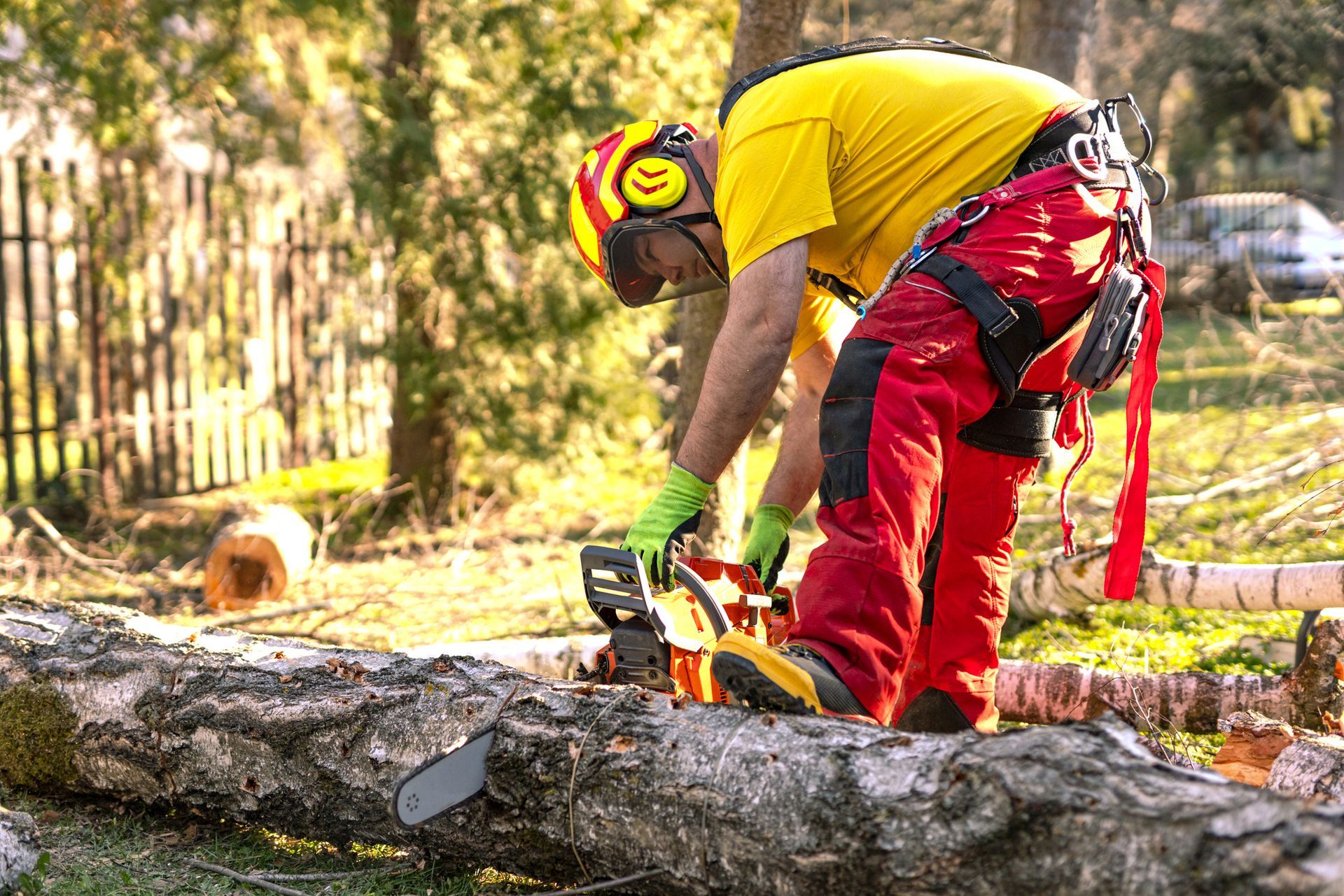How Flooding Affects Trees and What to Do About It
By Admin • May 30, 2019
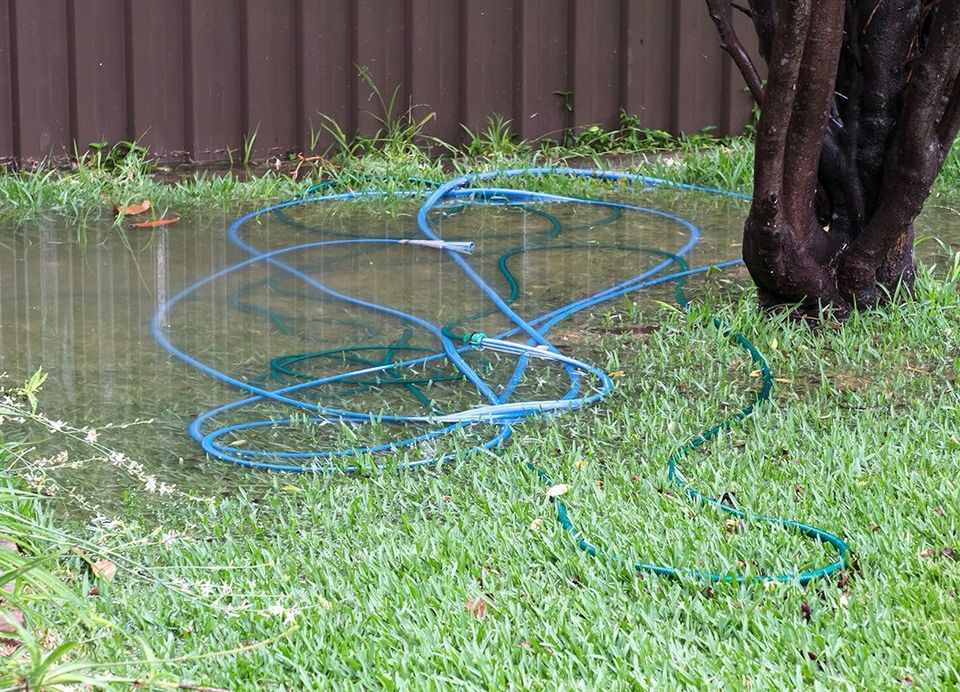
Across the state of Missouri, residents are enduring a late spring hammered by intense storms, tornadoes, and widespread flooding. St. Louis residents face flooding from the Mississippi River, which recently was over 12 feet
above flood stage. Flooding can be very hard on trees and may cause some to die. Here's what you should know about flooding and your trees.
Trees Vary in Their Tolerance for Flooding
If your property is saturated or covered in flood waters, the effects on your trees depend on the tree species, the location of the trees, and the materials left behind after the flooding subsides. Tree species that are native to bottomland forests and wetlands tolerate flooding more than upland tree species.
Upland tree species susceptible to flood damage include:
- Pines
- White oak
- Red oak
- Sugar maple
- Flowering dogwood
Native upland trees can't take long periods of soil saturation. Saturated or flooded soil deprives the upland trees' roots of oxygen they need to grow and thrive.
Bottomland species that fare better after flooding events include the following:
- Green ash
- Sycamore
- Cottonwood
- Silver maple
Some trees withstand up to four months of flooding. Flood-tolerant trees include bald cypress, black willow, and water tupelo. Older trees are more resilient during flooding due to their thicker bark and more expansive root systems.
Summer Floods Are Worse Than Winter Floods
Flooding is not as devastating to trees that are in their dormant phases. For most Missouri trees, the dormant phase occurs in winter and early spring. Trees in the dormant phase can tolerate a week or more of flooding.
When trees are actively growing, the roots consume more oxygen. Mucky, stagnant water over tree roots reduces the ability of the roots to take up oxygen.
Flooding Causes Several Types of Tree Damage
Flooding and soil saturation smother tree roots, but fast-moving waters can also wash away the soil that helps anchor trees to the ground. The exposed roots may decay, dry out, or freeze.
Flood damage to trees can include the following conditions:
- Trauma to trunk from debris in floodwaters
- Secondary infestations of pests, fungi, and diseases
- Failure of roots, causing leaning or toppling
- Breakage and weakening of branches and limbs
- Poisoning from flood-borne contaminants
After a flood, silt is often left behind instead of being washed back out of soil with the flood waters. The silt can be heavy and suffocate tree roots if not removed.
Post-Flood Inspections of Trees Are Vital
Trees should be examined as soon as possible after a flood recedes for signs of trauma. However, if possible, wait until the soil isn't saturated so you don't compact the soil even further over tree roots.
An inspection should include the following observations:
- Damage to trunks and branches
- Hazardous leaning
- Dangerously weak limbs
- Silt deposits on soil
- Disturbed or eroded soil
- Discolored leaves
Hire your tree service professionals to assess your trees for their survivability after the flood. The professionals will give you expert advice on how to proceed with your landscape recovery.
After a flood event, you may be able to save some of your damaged trees. Because insect and fungal infestations are known to occur on stressed and flood-damaged trees, start recovery of your trees as soon as you can.
Steps that can help save your trees include the following:
- Replace washed-away soil
- Remove silt from tree roots
- Prune broken branches
- Salvage adjacent dead or dying trees
- Continue to monitor moisture levels
Your tree service helps you salvage and remove dead trees safely without damaging nearby trees. Tree experts also have treatments and tools to help you manage your forest after a flood and keep your landscape healthy and vibrant.
When flooding impacts your trees in the St. Louis, Missouri, region, contact County Tree Service
as soon as possible to begin recovery of your landscape. We treat trees for diseases and fungi, trim broken branches, and remove dead and dying trees to restore your land and make your property safer after flood events.

When you need dependable tree service in Chesterfield, MO , County Tree Service is the name to know. From precision tree trimming to safe removals and storm cleanup, our experienced team handles it all with care and professionalism. We’re dedicated to keeping your yard safe, clean, and beautiful year-round. Call 314-920-7263 today for expert tree service in Chesterfield

For professional tree service in Fenton, MO , trust the experts at County Tree Service. Whether you need tree removal, trimming, or storm damage cleanup, our skilled team is ready to handle the job safely and efficiently. We take pride in keeping your trees healthy and your property looking its best. Call 314-920-7263 today for reliable tree service in Fenton you can depend on!

Need expert tree service in Ballwin, MO ? County Tree Service offers safe, efficient tree removal, trimming, and storm cleanup for homes and businesses. Our experienced crew is dedicated to keeping your property safe and your trees healthy year-round. Call 314-920-7263 today for trusted tree service in Ballwin from

Looking for dependable tree service in Saint Louis, MO ? County Tree Service is your go-to team for expert tree trimming, safe removals, and complete tree care. With years of experience and a commitment to customer satisfaction, we keep your trees healthy and your property safe. Call 314-920-7263 today for professional tree service you can count on in St. Louis!
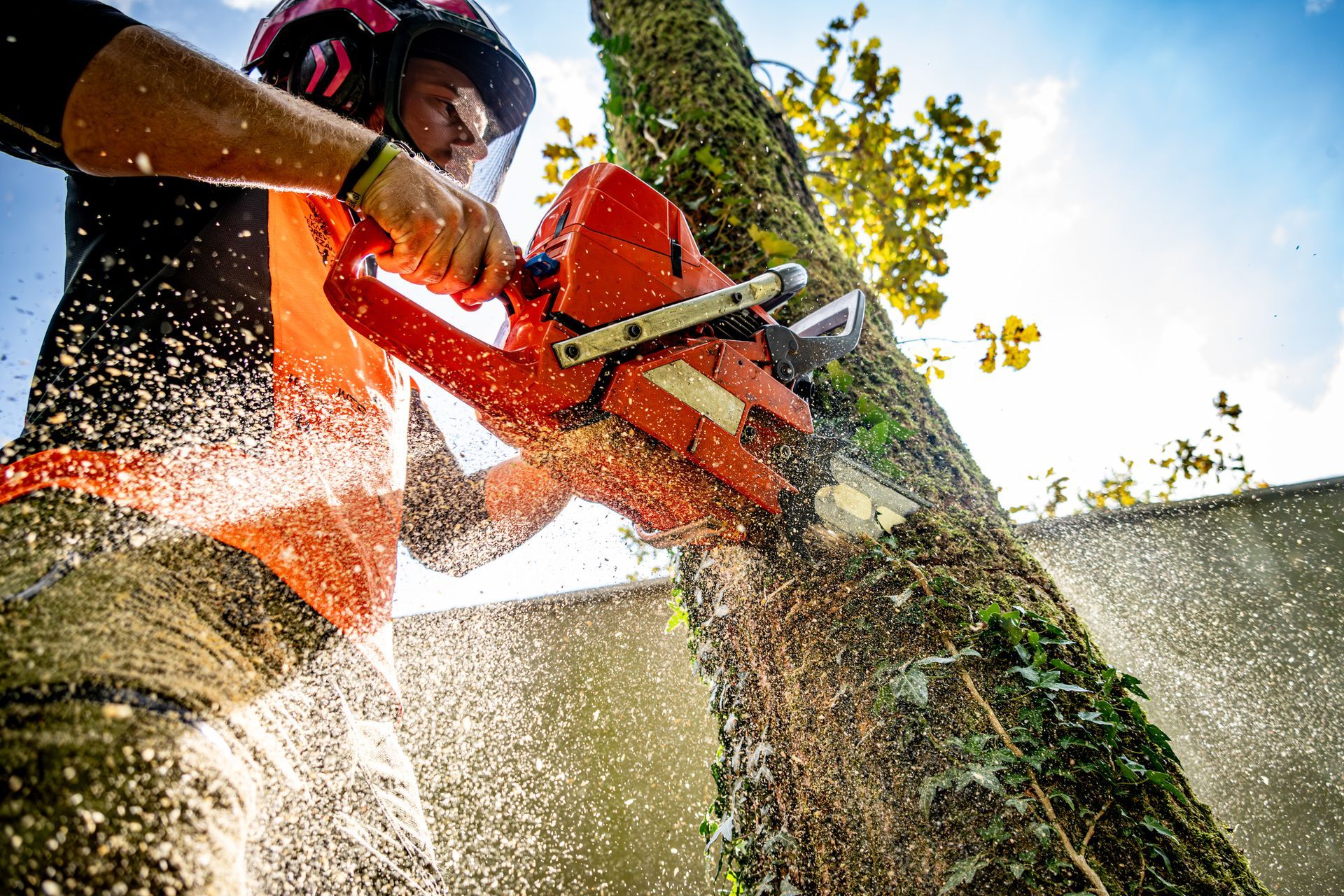
When you need dependable tree services in Fenton, MO , County Tree Service is the local company to trust. We offer comprehensive tree care, including tree removal, trimming, stump removal, and wood chipper services to keep your property safe and beautiful. Fenton’s trees face challenges like storms, pests, and disease—our skilled team is equipped to handle all of these with professional care and attention to detail. Whether it’s routine maintenance or emergency service, we’re ready to help. For reliable tree services in Fenton, MO , call County Tree Service at 314-920-7263 today for a free estimate.
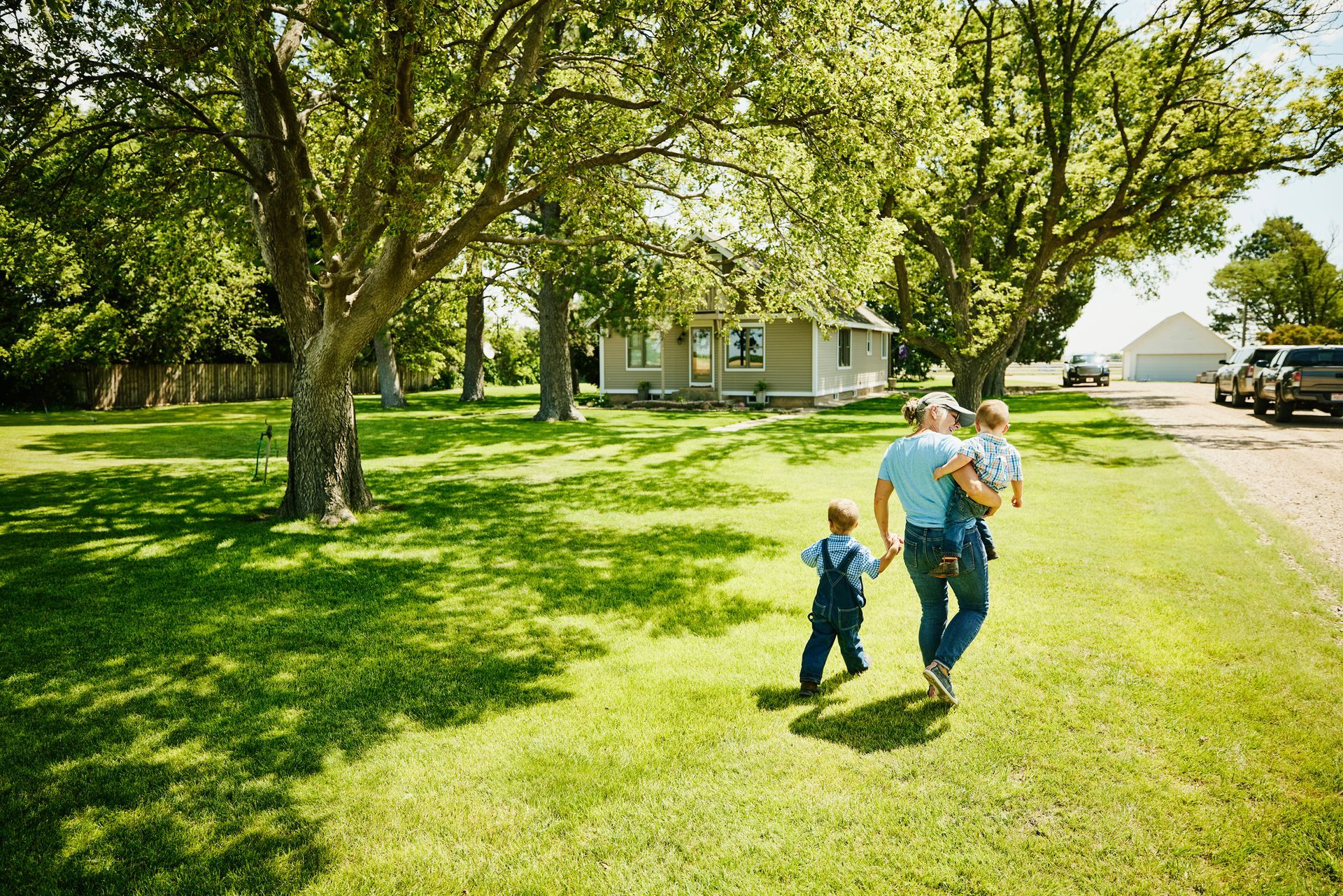
If you’re looking for professional tree services in Ballwin , MO, County Tree Service offers the expertise and equipment to handle all your tree care needs. From safe tree removal and expert trimming to stump removal and wood chipper services, we keep your property healthy and attractive. Our team understands the specific needs of Ballwin’s trees and environment. Whether it’s preventative maintenance or storm damage cleanup, we provide reliable, affordable tree services you can count on. For expert tree services in Ballwin, MO , contact County Tree Service today at 314-920-7263 for a free estimate.
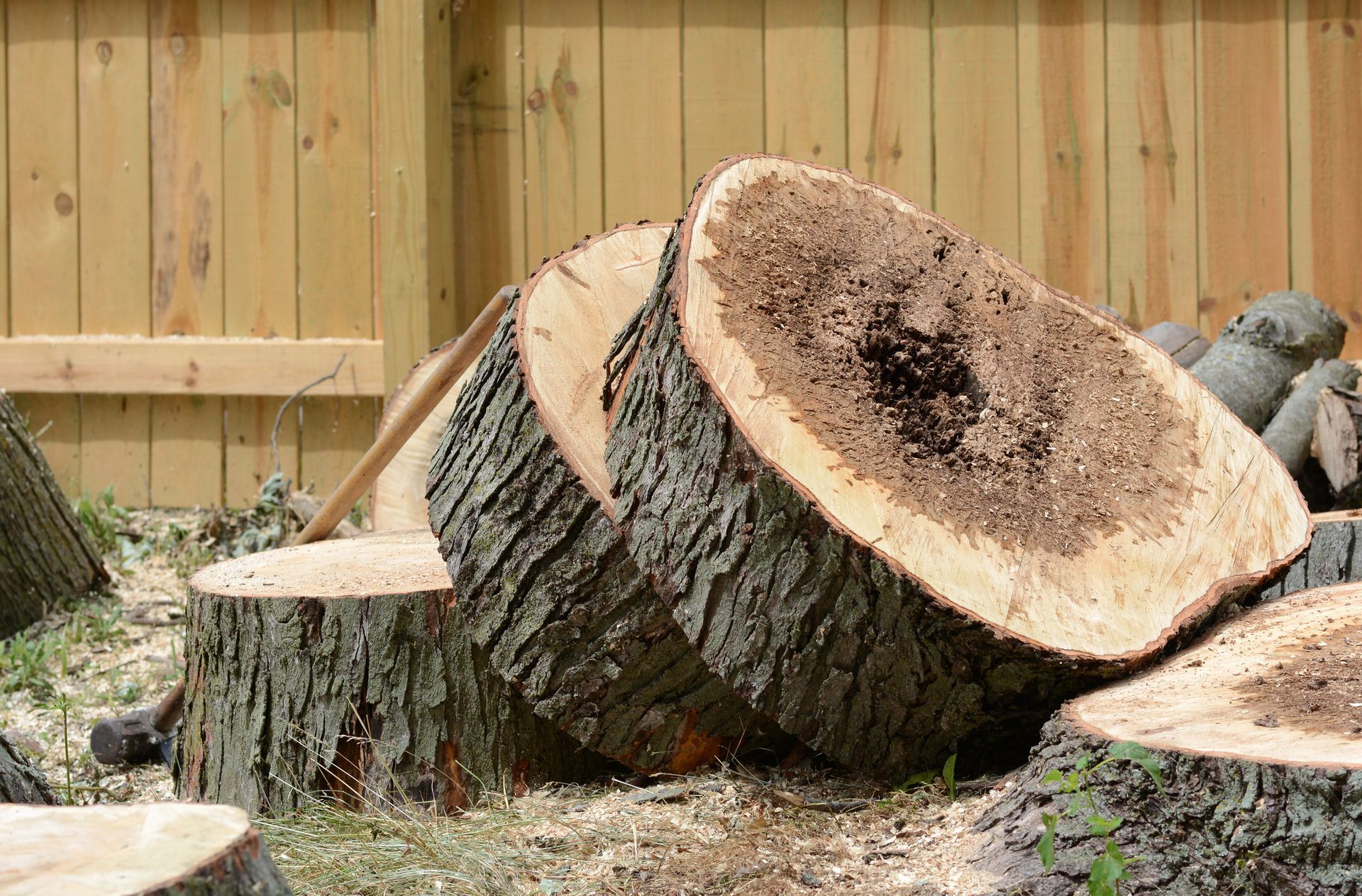
For professional and trustworthy tree services in Chesterfield, MO , County Tree Service is your local expert. We provide comprehensive tree care solutions to keep your property safe, healthy, and looking great all year long. Our team offers a full range of services including tree removal , tree trimming , stump removal , and wood chipper services . Whether it’s routine maintenance or emergency tree work, we handle every job with precision and care. Chesterfield’s climate and environment can challenge your trees, but with our expert tree services in Chesterfield, MO , you can rest easy knowing your trees are in good hands. Contact County Tree Service at 314-920-7263 today for a free estimate and expert advice on your tree needs.

